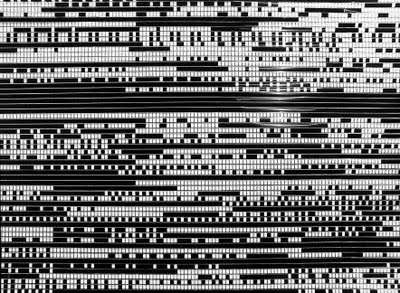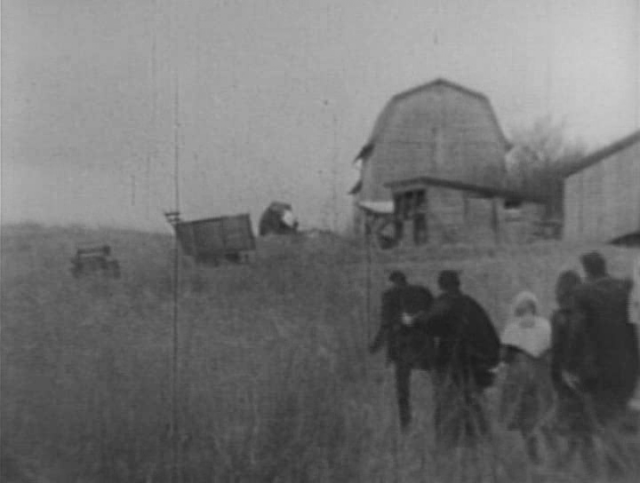

Quote:
A crowd forms in front of a government employment agency, as it does every day, waiting – often in vain – for job announcements. Antonio Ricci (Lamberto Maggiorani), one of the unemployed laborers who participates in this daily ritual, is selected to hang posters in the city, a job requiring a bicycle, which he has long sold in order to sustain his family’s meager existence for a few more days. He and his wife, Maria (Lianella Carell), return to the pawn shop with a few remaining possessions, their matrimonial linen, in order to redeem the bicycle. During his first day at his new work, his bicycle is stolen. He combs the city with his young son, Bruno (Enzo Staiola), in search of the elusive bicycle.Read More »







